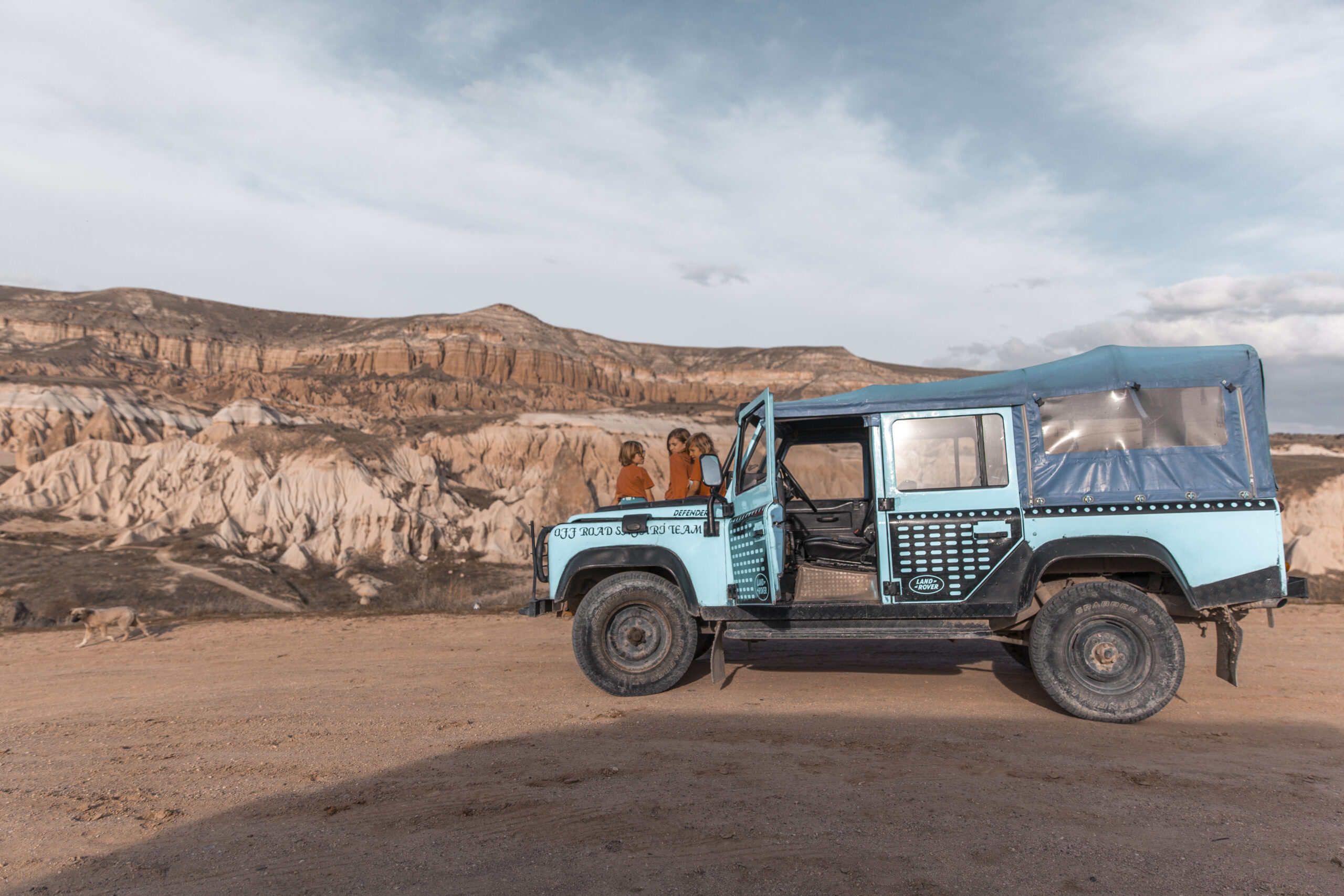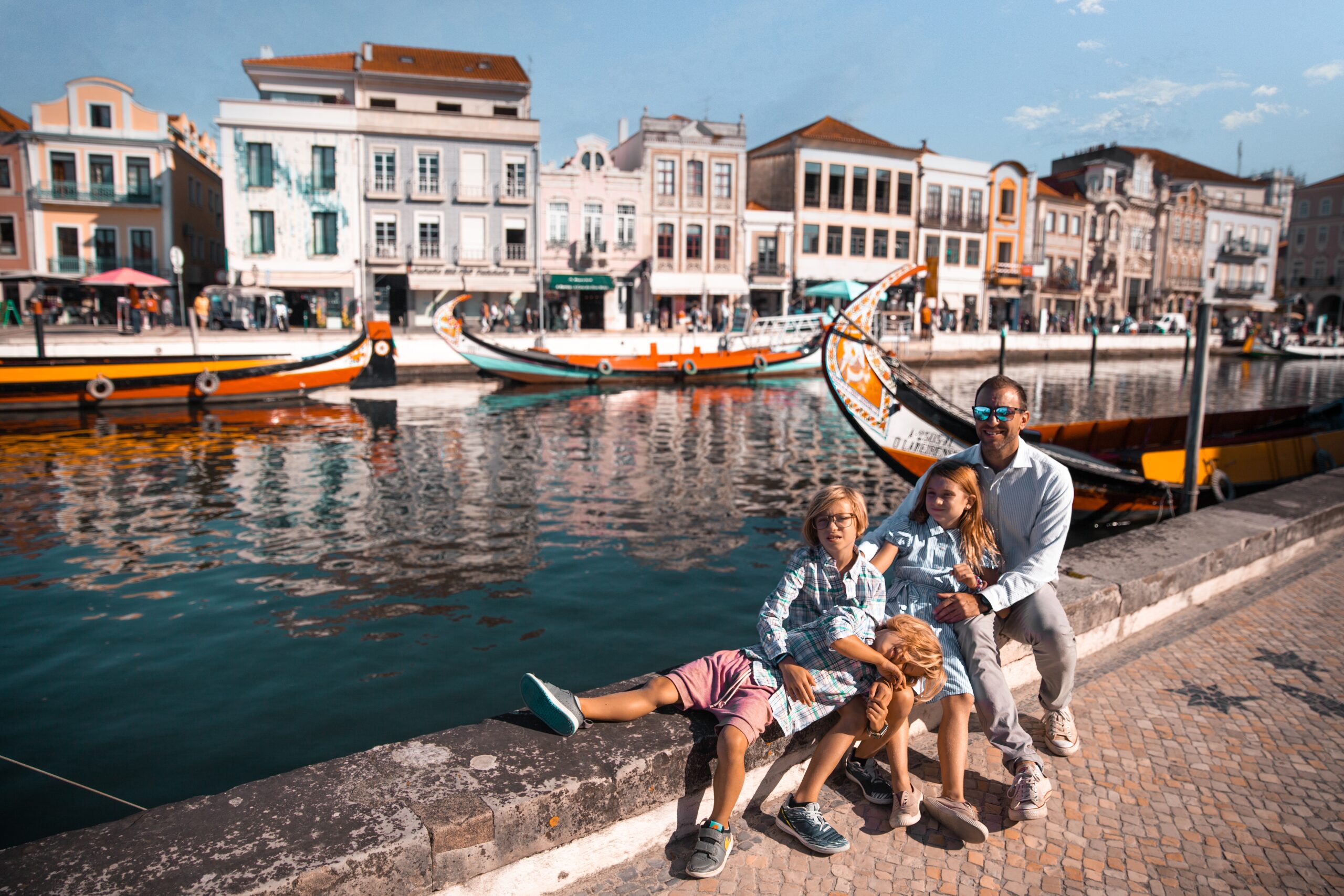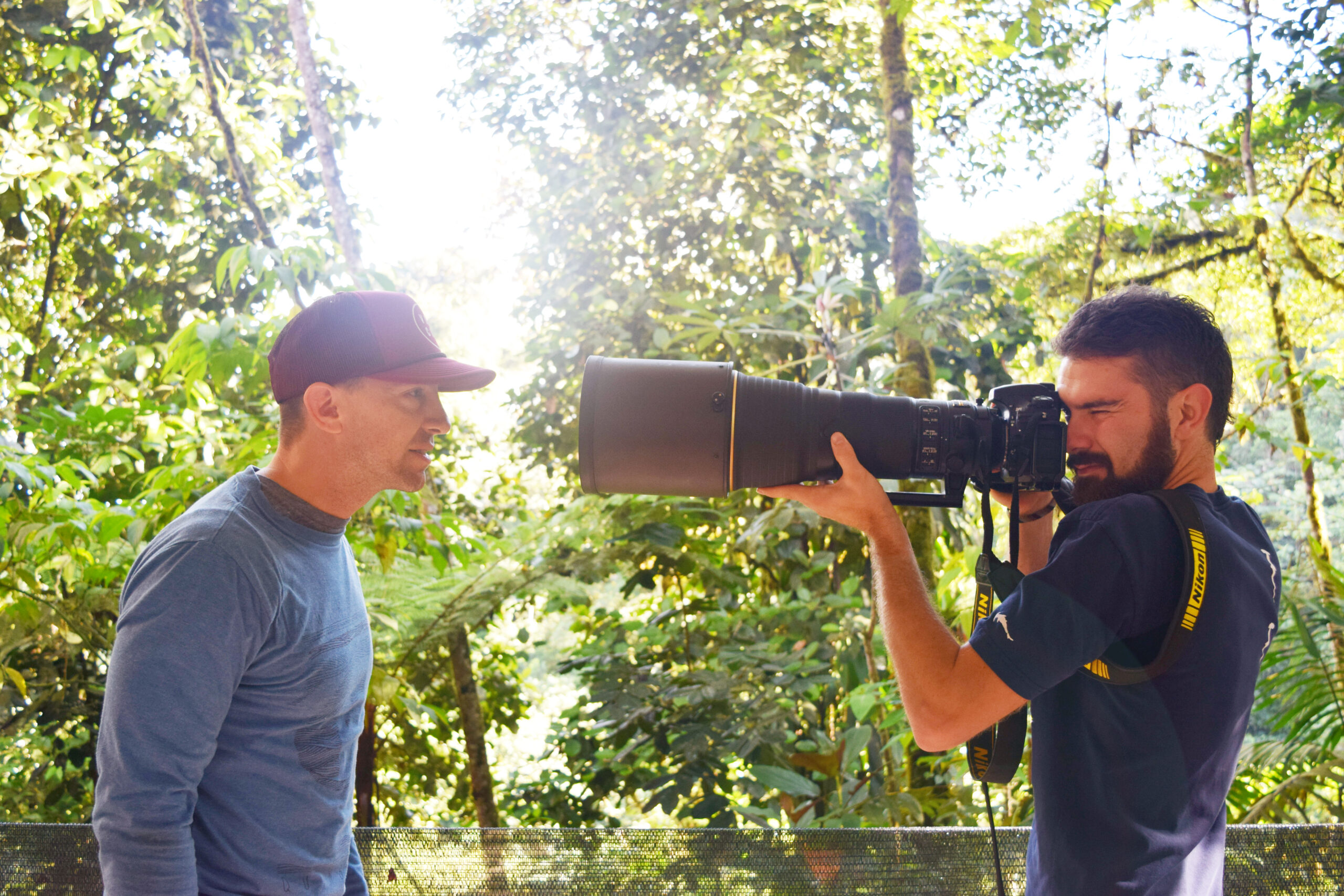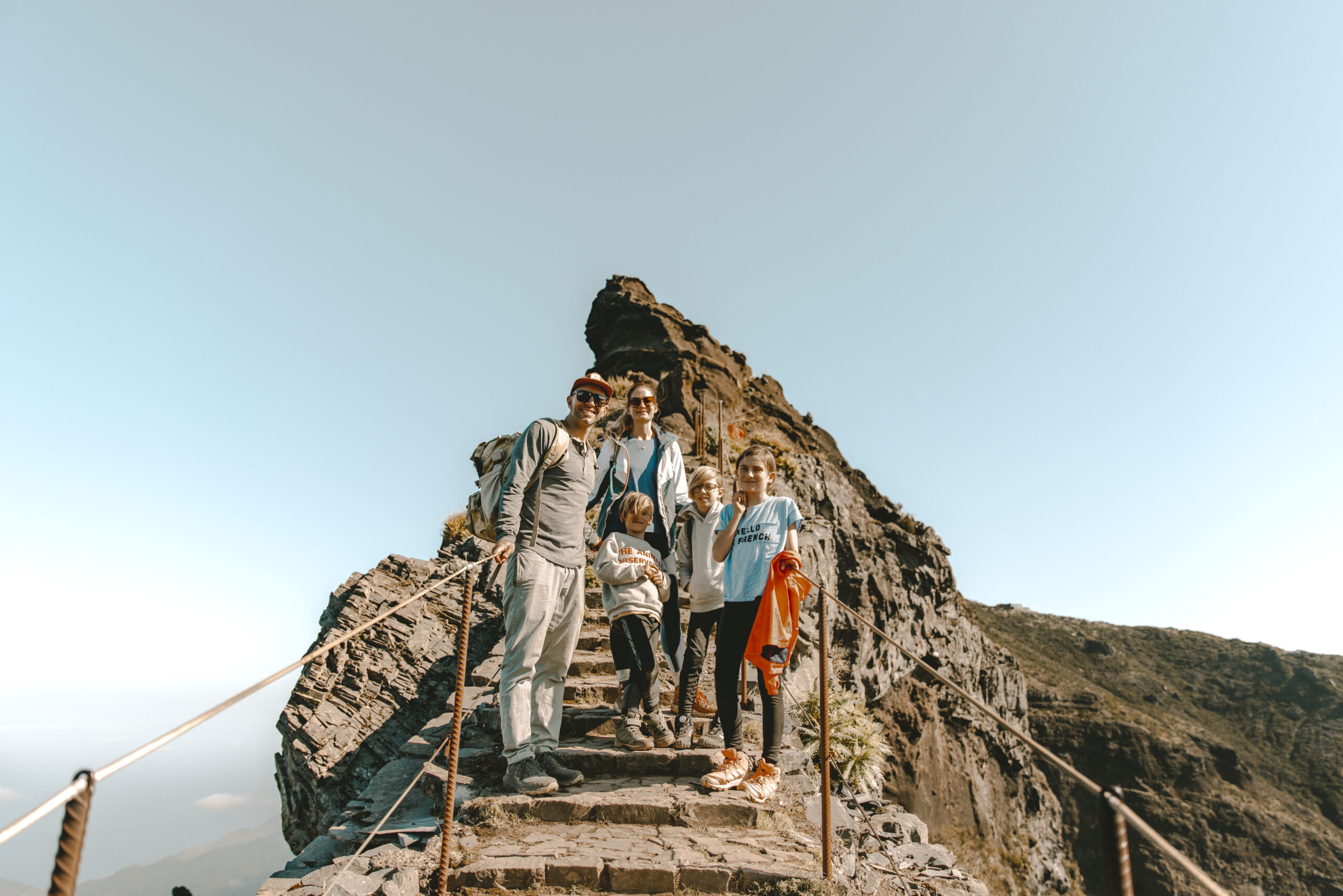Why Spain is a great place for kids
Choosing the city that's right for you
Choosing the visa that's right for you
More than just great weather
Why Spain provides a better quality of life

How we Plan

What we pack
Choosing Travel Insurance
Book Your Hotel
with Booking.com
Book Your Car
with RentalCars.com
Book Your Flight
with Skyscanner.com
Book Your Tour
with GetYourGuide.com

Our Camera Gear

How We Fly
Choosing Your Destination
Guide to...
Tanzania
Tanzania, home to the iconic Mount Kilimanjaro, the endless plains of the Serengeti, and the pristine beaches of Zanzibar, invites adventurers to explore its diverse landscapes and witness the wonders of African wildlife in their natural habitat.
Map
Weather
Itineraries

Coming Soon...
Top safaris in tanzania
Experience the iconic Great Migration and witness a diverse range of wildlife, including the Big Five, in the vast plains of the Serengeti. This safari offers exceptional opportunities for game viewing and photography. It’s a must-visit for anyone looking to experience one of the world’s most famous wildlife spectacles.
Explore the world’s largest inactive volcanic caldera, home to a dense population of wildlife including lions, elephants, and rhinos. The Ngorongoro Crater offers a unique safari experience with its diverse habitats and stunning landscapes. This UNESCO World Heritage Site provides some of the best game viewing in Africa.
Known for its large elephant herds and ancient baobab trees, Tarangire National Park is a hidden gem offering a quieter safari experience. The park is also famous for its bird watching, with over 500 species recorded. It’s an ideal destination for those looking to escape the more crowded safari routes.
Discover the diverse landscapes and wildlife of Lake Manyara National Park, including the famous tree-climbing lions. The park’s alkaline lake attracts thousands of flamingos, creating a stunning pink hue along the shore. This safari offers a mix of forest, swamp, and savannah habitats.
Selous Game Reserve, one of the largest faunal reserves in the world, offers a remote and wild safari experience. The reserve is less visited than other Tanzanian parks, providing an intimate encounter with wildlife such as elephants, lions, and hippos. Boat safaris along the Rufiji River add a unique touch to the adventure.
Top lodges in tanzania
Nestled in the heart of the Serengeti, this luxurious lodge offers unparalleled views of the surrounding savannah and wildlife. Guests can enjoy an infinity pool overlooking a watering hole frequented by elephants. The lodge combines modern comfort with authentic African touches.
Perched on the rim of the Ngorongoro Crater, this lodge offers stunning panoramic views and opulent accommodations. Each suite is designed with a blend of Maasai and colonial decor, providing a unique and lavish stay. The lodge offers easy access to the crater floor for exceptional game viewing. Book Ngorongoro Crater Lodge
Set among the baobab and marula trees, Tarangire Treetops offers a unique treehouse experience. Each elevated room provides breathtaking views of the Tarangire landscape and wildlife. The lodge features a large infinity pool and open-air dining area, perfect for relaxation after a day of safari.
Situated on the outer slopes of the Ngorongoro Crater, Gibbs Farm offers a charming and serene retreat. The lodge is renowned for its organic farm and gardens, providing fresh produce for gourmet meals. Guests can enjoy various activities such as coffee tours, nature walks, and cultural experiences.
Located between Tarangire National Park and Lake Manyara, Chem Chem Lodge offers a luxurious and intimate safari experience. The lodge’s spacious tents provide stunning views and ultimate comfort, with private decks and outdoor showers. Guests can enjoy guided walks, game drives, and visits to nearby communities.
FAQ's
What are the main things to do with kids in Tanzania?
Tanzania offers a variety of activities and experiences that can be enjoyed by families with children. Here are some of the main things to do with kids in Tanzania:
1. Safari: Tanzania is known for its incredible wildlife, and going on a safari is a must-do activity. Many national parks, such as the Serengeti and Ngorongoro Crater, offer child-friendly safari options.
2. Beach activities: Tanzania has a long coastline with beautiful beaches. Kids can enjoy swimming, snorkeling, building sandcastles, and other beach activities.
3. Visit a Maasai village: Learning about the traditional Maasai culture can be an educational and enriching experience for children. Many Maasai villages welcome visitors and offer guided tours.
4. Explore the Ngorongoro Crater: This ancient volcanic caldera is home to a dense population of wildlife, making it an excellent spot for a safari with kids.
5. Visit the Zanzibar Butterfly Centre: Located on the island of Zanzibar, this center offers an interactive learning experience about butterflies and their life cycles.
6. Take a nature walk: Tanzania has many national parks and reserves that offer guided nature walks, allowing kids to learn about the local flora and fauna.
7. Visit the Forodhani Gardens in Zanzibar: This park comes alive at night with food stalls, offering a fun and lively atmosphere for families.
8. Learn about conservation: Many wildlife conservation projects in Tanzania welcome visitors and offer educational programs for children, teaching them about the importance of preserving natural habitats and species.
Remember to take necessary precautions and consider the age and interests of your children when planning activities in Tanzania.
What is Tanzania famous for?
Tanzania is famous for several things, including:
1. Wildlife and Safaris: Tanzania is home to some of the world’s most iconic national parks and wildlife reserves, such as the Serengeti National Park, Ngorongoro Conservation Area, and Tarangire National Park. These parks are known for their vast populations of elephants, lions, leopards, cheetahs, giraffes, zebras, and many other species.
2. Mount Kilimanjaro: Tanzania is home to Africa’s highest mountain, Mount Kilimanjaro, which stands at 5,895 meters (19,341 feet) tall. It attracts climbers and adventurers from around the world.
3. Zanzibar: The spice island of Zanzibar, located off the coast of Tanzania, is famous for its stunning beaches, crystal-clear waters, and rich history. Stone Town, the island’s capital, is a UNESCO World Heritage site known for its unique architecture and cultural significance.
4. Maasai Culture: The Maasai, a semi-nomadic indigenous ethnic group, are known for their distinctive customs, colorful clothing, and traditional way of life. Many visitors to Tanzania are interested in learning about and interacting with Maasai communities.
5. Ngorongoro Crater: The Ngorongoro Crater, formed by an ancient collapsed volcano, is the largest intact caldera in the world. It is home to an incredible density of wildlife, including the Big Five (lions, leopards, elephants, rhinos, and buffalo).
6. The Great Migration: Tanzania is one of the countries (along with Kenya) where the annual Great Migration takes place. Over a million wildebeest, along with hundreds of thousands of zebras and gazelles, migrate in search of fresh grazing grounds, providing an awe-inspiring spectacle.
7. Olduvai Gorge: Tanzania is also known for the Olduvai Gorge, a significant paleoanthropological site where early human fossils and artifacts have been discovered, providing crucial insights into human evolution.
What power plug type does Tanzania use?
Tanzania primarily uses Type G electrical outlets, which are the same as those used in the United Kingdom, Ireland, Malta, Malaysia, and Singapore.
Type G plugs have three rectangular pins in a triangular pattern, with the top pin being an earth/ground pin. The plug is designed to be safe and stable, as the top pin is longer than the others and the plug is partially insulated to prevent accidental contact with live pins during insertion and removal.
The standard voltage in Tanzania is 230 volts AC, and the standard frequency is 50 Hz. It’s important to check if your devices are compatible with this voltage before plugging them in. If your appliances are designed for a different voltage, you may need a voltage converter in addition to a plug adapter.
It’s always a good idea to carry a universal travel adapter that includes Type G plugs when traveling to Tanzania to ensure that you can safely charge your electronic devices.
Is Tanzania safe?
Tanzania is generally considered a safe country for tourists, but like any destination, it’s important to be aware of potential risks and take appropriate precautions. Here are some safety considerations:
1. Crime: Petty crime, such as pickpocketing and bag snatching, can occur in tourist areas, particularly in larger cities like Dar es Salaam and Arusha. It’s important to be vigilant and take care of your belongings.
2. Wildlife: While Tanzania’s wildlife is a major attraction, it’s crucial to respect safety rules and guidelines when on safari or visiting national parks. Always follow the instructions of your guide and maintain a safe distance from wild animals.
3. Health: Tanzania has a risk of malaria and other tropical diseases. Consult with your doctor before your trip and take appropriate preventive measures, such as taking malaria prophylaxis and using insect repellent.
4. Road safety: Road conditions can be poor, and traffic accidents are common. If self-driving, be cautious and vigilant. If using public transport, choose reputable companies.
5. Political and social unrest: While Tanzania is generally stable, it’s a good idea to stay informed about current events and follow the advice of local authorities and your country’s travel advisories.
6. Scams: Be cautious of individuals offering unusually good deals or trying to sell you products, as scams can occur.
Despite these concerns, most visits to Tanzania are trouble-free. By taking sensible precautions, such as being aware of your surroundings, taking care of your belongings, and following the advice of local authorities and tour operators, you can minimize risks and enjoy your trip to this beautiful country.
What are 5 interesting facts about Tanzania?
Here are five interesting facts about Tanzania:
1. Oldest human settlement: Tanzania is home to the Olduvai Gorge, where some of the oldest human fossils and artifacts have been discovered. The site has provided crucial evidence of early human evolution, with finds dating back over 2 million years.
2. Freddie Mercury’s birthplace: Zanzibar, an archipelago off the coast of Tanzania, was the birthplace of Freddie Mercury, the lead singer of the legendary rock band Queen. He was born there in 1946 when Zanzibar was a British protectorate.
3. Unique language: Swahili, the national language of Tanzania, is the most widely spoken African language and is used as a lingua franca in much of East Africa. It is known for borrowing words from various languages, including Arabic, Persian, and Portuguese.
4. Precious gemstone capital: Tanzania is the only source of the rare gemstone tanzanite, which is found exclusively in the foothills of Mount Kilimanjaro. The country is also a significant producer of other precious stones, such as diamonds, sapphires, and rubies.
5. Coconut crab: The coconut crab, the largest terrestrial arthropod in the world, can be found on Zanzibar and other nearby islands. These crabs can weigh up to 4 kg (9 lbs) and are known for their ability to crack open coconuts with their strong claws.
What do you need to know before traveling to Tanzania?
Before traveling to Tanzania, there are several important things to consider:
1. Visa requirements: Most visitors to Tanzania require a visa. You can obtain a visa upon arrival at major entry points, but it’s recommended to check with the Tanzanian embassy or consulate in your country for the most up-to-date information.
2. Vaccinations and health precautions: Tanzania has a risk of malaria and other tropical diseases. Consult your doctor about necessary vaccinations and preventive measures, such as taking malaria prophylaxis and using insect repellent. Also, make sure your routine vaccinations are up to date.
3. Language: Swahili is the national language, but English is widely spoken, especially in the tourism industry.
4. Currency: The Tanzanian shilling (TZS) is the local currency. U.S. dollars are widely accepted, especially for larger transactions. Be sure to carry some cash, as credit cards may not be accepted everywhere.
5. Climate: Tanzania has a tropical climate with hot, humid weather. The country experiences two rainy seasons: the “long rains” from March to May and the “short rains” from October to December.
6. Dress code: Dress modestly, especially when visiting rural areas or religious sites. Lightweight, loose-fitting clothing is recommended for the hot weather.
7. Wildlife safety: When on safari, always follow the instructions of your guide and maintain a safe distance from wild animals.
8. Cultural sensitivity: Be respectful of local customs and traditions. Ask for permission before taking photos of people or entering sacred places.
9. Electrical outlets: Tanzania uses Type G plugs (same as the UK). The voltage is 230V, so make sure your devices are compatible or bring a voltage converter.
10. Travel insurance: It’s a good idea to have comprehensive travel insurance that covers medical emergencies, trip cancellations, and other unforeseen events.
Remember to do thorough research and consult reputable sources, such as official government websites and travel guides, to ensure you have the most accurate and up-to-date information before your trip.
What's the best time to visit Tanzania?
The best time to visit Tanzania depends on your interests and the activities you have planned. Generally, the dry season, which runs from late June to October, is considered the best time for wildlife viewing and safaris. Here’s a breakdown of Tanzania’s seasons:
1. June to October (Dry Season):
– Wildlife viewing is at its best, as animals gather around water sources.
– The Great Migration in the Serengeti is usually at its peak from July to September.
– Skies are clear, making it ideal for photography and outdoor activities.
– It can be dusty and crowded at popular parks and reserves.
2. November to May (Wet Season):
– November to December (Short Rains): A brief rainy period with occasional showers. The landscape is green, and there are fewer crowds.
– January to February (Short Dry Season): A brief dry period between the short and long rains. Good for wildlife viewing and birding.
– March to May (Long Rains): The wettest months with heavy rainfall. Some lodges and camps may close, and roads can become muddy and difficult to navigate. However, this is the best time to see the Serengeti’s lush landscapes and newborn animals.
If you’re interested in climbing Mount Kilimanjaro, the best months are January to March and June to October, when the weather is dry and favorable.
For beach holidays in Zanzibar and other coastal areas, the best time is during the dry seasons, particularly from June to October and January to February, when rainfall is minimal and the weather is sunny and pleasant.
Ultimately, the best time to visit Tanzania depends on your specific interests and priorities. Consider factors such as weather, wildlife viewing opportunities, and crowd levels when planning your trip.
Is Tanzania tourist friendly?
Yes, Tanzania is generally considered a tourist-friendly country. The government of Tanzania has made significant efforts to promote and develop its tourism industry, recognizing it as a key contributor to the country’s economy.
Here are some reasons why Tanzania is considered tourist-friendly:
1. Welcoming people: Tanzanians are known for their warmth, friendliness, and hospitality towards visitors.
2. Established tourism industry: Tanzania has a well-developed tourism infrastructure, with a range of accommodation options, tour operators, and transportation services catering to visitors’ needs.
3. English proficiency: English is widely spoken in Tanzania, especially within the tourism industry, making communication easier for international visitors.
4. Diverse attractions: Tanzania offers a wide range of attractions, from world-renowned wildlife reserves and beautiful beaches to cultural experiences and historical sites, catering to various interests.
5. Safety: While no country is entirely free from safety concerns, Tanzania is generally considered a safe destination for tourists, with a relatively stable political environment.
6. Conservation efforts: Tanzania has made significant efforts to protect its natural resources and wildlife, which is a major draw for eco-conscious tourists.
7. Improved infrastructure: The country has been investing in infrastructure development, including roads, airports, and telecommunications, making travel within Tanzania more convenient.
However, as with any travel destination, it’s important to take normal precautions and be aware of potential risks, such as petty crime in urban areas or health concerns like malaria. Overall, Tanzania’s welcoming atmosphere, diverse attractions, and established tourism industry make it a tourist-friendly destination.

